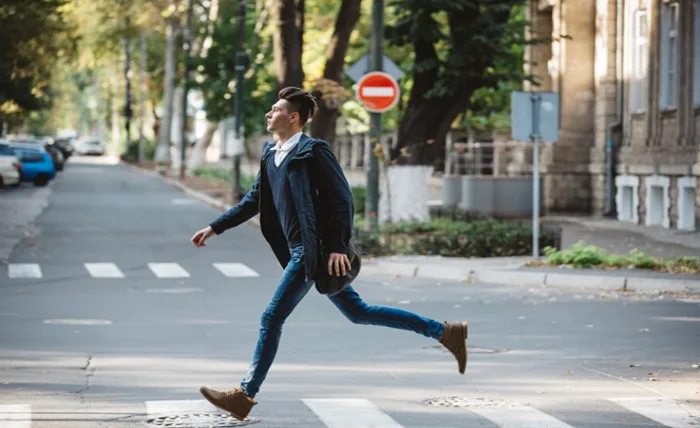You’re walking down a bustling city street, weaving through the maze of cars, buses, and bikes. Amidst the urban chaos, one small but powerful symbol stands as a beacon of hope for pedestrians—crosswalks. These seemingly unassuming stripes on the pavement hold the key to ensuring your safety as you navigate the concrete jungle. In this article, we’ll take a closer look at the critical role of crosswalks in preventing pedestrian accidents.
From their design to their impact on road safety, you’ll discover how these zebra-striped lines are not just painted on the road; they’re a lifeline for all of us on foot. So, let’s step into the world of crosswalks and explore the art and science of safe street crossings.
Designated Safe Zones
Crosswalks are designated areas where pedestrians are expected to cross the road. By providing a specific and well-marked location for crossing, they help pedestrians avoid hazardous, unexpected locations and ensure they cross at points where drivers anticipate them.
Visibility Enhancement
The distinctive zebra-striped patterns and associated signage make crosswalks highly visible to drivers and pedestrians. This increased visibility reduces the chances of accidents, as it alerts drivers to the presence of pedestrians and encourages them to slow down and yield the right of way.
Traffic Control
Crosswalks also serve as a means of traffic control. They break up the flow of vehicles and create a pause in traffic, allowing pedestrians to cross safely. Without crosswalks, pedestrians might be left to navigate continuous traffic streams, which can be dangerous.
Pedestrian Route Planning
Crosswalks are often strategically placed where they provide the safest path for pedestrians to cross streets or intersections. They result from careful planning and are typically located at high pedestrian traffic and where crossing the road elsewhere would be risky.
Aid for Vulnerable Populations
Crosswalks are particularly crucial for vulnerable populations such as children, older people, and people with disabilities. These individuals may require more time to cross the road, and crosswalks give them a designated and safe area.
Reducing Jaywalking
The presence of crosswalks discourages pedestrians from jaywalking, which is a hazardous practice. Encouraging pedestrians to use designated crossing points reduces the risk of accidents due to unpredictable pedestrian movements.
Education and Enforcement
Crosswalks are often part of public safety education campaigns, emphasizing the importance of pedestrian safety. Law enforcement can also monitor and enforce traffic rules around crosswalks to ensure compliance by both pedestrians and drivers.
When involved in a pedestrian accident, working with a pedestrian accident lawyer at Morris, King & Hodge, P.C. is crucial. These legal professionals specialize in pedestrian cases and can provide invaluable guidance and support. They will help you navigate the complexities of the legal process, gather evidence, assess liability, and negotiate with insurance companies to ensure you receive the compensation you deserve. From medical expenses to lost wages and pain and suffering, a pedestrian accident lawyer will advocate for your rights and work to secure a fair settlement, providing you with the best chance of recovering from the accident and its consequences.
Final Remarks
Crosswalks are not just painted lines on the road but a comprehensive safety tool that combines design, legal framework, and education to protect pedestrians and enhance road safety. They are vital in reducing pedestrian accidents and ensuring safe and efficient road usage for all.



